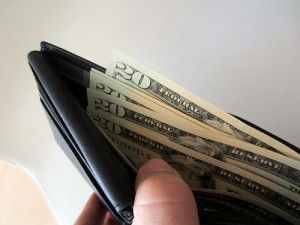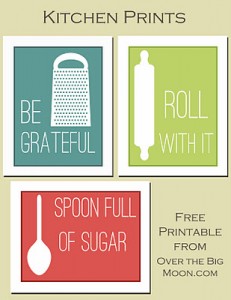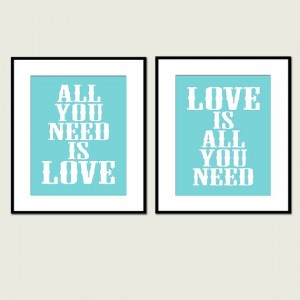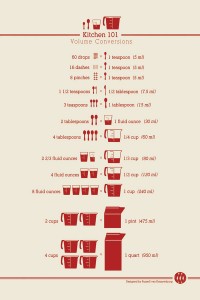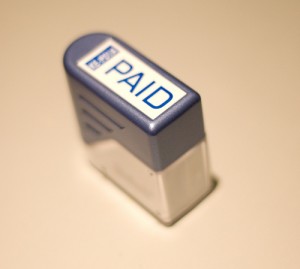 For the past few weeks, I’ve had an idea floating around in my head. After much deliberation, I’ve decided to act on it. For the entire month of May, I will be logging off all social media accounts.
For the past few weeks, I’ve had an idea floating around in my head. After much deliberation, I’ve decided to act on it. For the entire month of May, I will be logging off all social media accounts.
I will continue to check my email and post on this blog (hopefully more frequently that I have been posting for the past few months). Rest assured, I am not one of those Facebook/Twitter haters. It’s quite the contrary actually. I love social media a little too much.
I fully intend to come back at the end of the month, but I hope to come back refreshed and better able to strike a balance between the real world and the Internet world. Here are just a few reasons I’ve decided to try the experiment:
- Since beginning my teaching job, I feel like my screen time has grown exponentially. Now in addition to social media, I’m staring at my computer writing lectures, researching, grading, and communicating with students. This summer I’ll be teaching an online class, which will increase my screen time even more. I feel like my eyes need a break, and my baby needs to look at my face a little more instead of the tiny Apple icon.
- Screen time encourages me to sit on my butt more than I should. The weather is warming up. It’s time to get outside and get active.
- Sometimes I feel like social media — Facebook especially — allows me to be creatively lazy. What I mean by that is that it’s too easy for me to fire up my iPhone and post a status message every time a thought I want to share or a question I want answered pops into my head. I’ve been struggling with blog inspiration for several months now, and my hope is that taking a step back from other outlets will inspire me to share more thoughts and ideas here in this space.
- I value the connections that I’ve developed and maintained through social media, but sometimes I feel like the hundreds of people I communicate with online take away a portion of the time and energy that rightfully belongs to my family and real-world friends.
- My husband and I are both on vacation for most of the month of May. This year we will celebrate four years of marriage and a whole year in a home of our own. We have lots of family activities, visitors, and travel planned as well as home improvement tasks to tackle. I need to avoid the distraction of frequent Facebook updates.
- My to-read list is a mile long, and I spend too many nights “checking one more thing” on the Internet without picking up my Kindle or cracking a book.
- I still owe my parents a quilt that I promised them for Christmas, and I also want to learn to crochet and knit.
In short, I’m hoping the month of May will be busy enough that I won’t miss social media.
I am not naive, though. I am a full-on, hands-shaking, cold-sweating, fiending for a fix addict. The first few days of this experiment aren’t going to be pretty. In fact, I’m actually going as far as asking my husband to change all of my passwords so I can’t access the websites. I’m removing the apps from my phone, too. I know this may seem extreme, but there’s no telling what an addict will do when she needs a fix.
I’ve tried similar experiments in the past (never longer than a week, though), and even if I can make it that long without posting anything myself, I still obsessively check everyone else’s posts and often can’t help but respond to a few.
I’m hoping to keep you guys updated on the experience and share the good and the bad. I get so many positive things from social media and the Internet, but it’s like anything else — it’s possible to have too much of a good thing. My hypothesis is that absence from the Internet really will make my heart grow fonder, not just of the Internet, but the people I’ve gotten to know there. I guess we’ll see, though.
Have you ever taken a break from the Internet? What did you learn?
